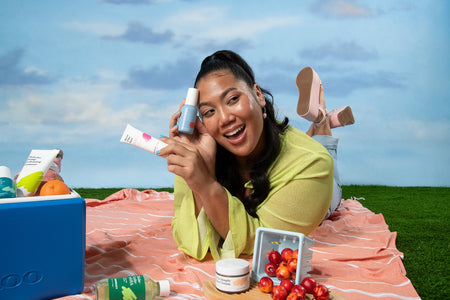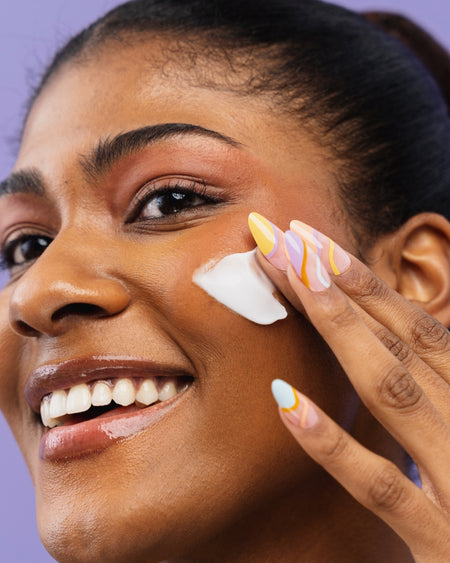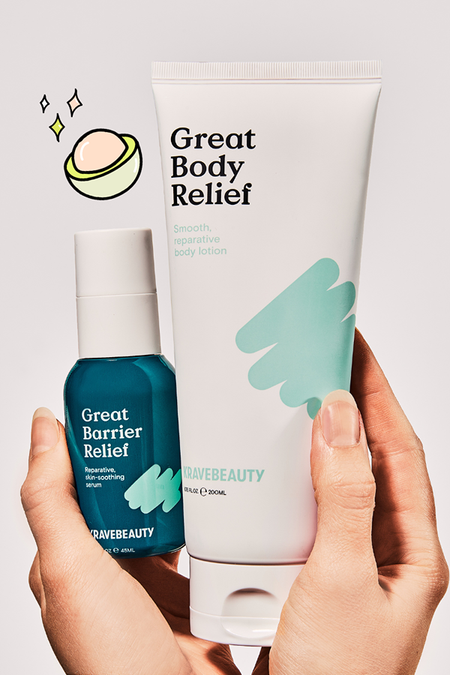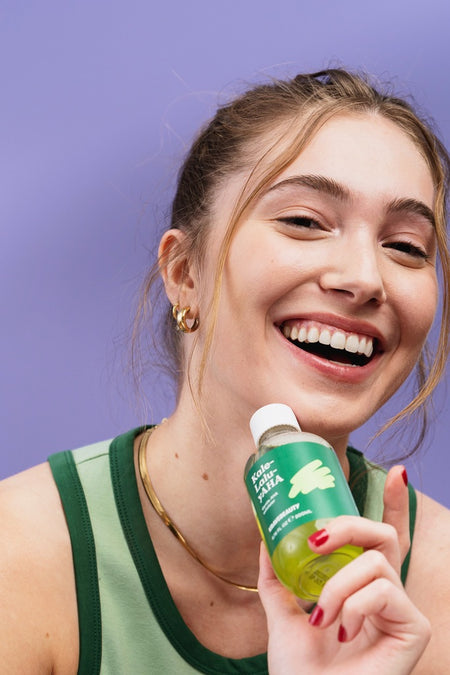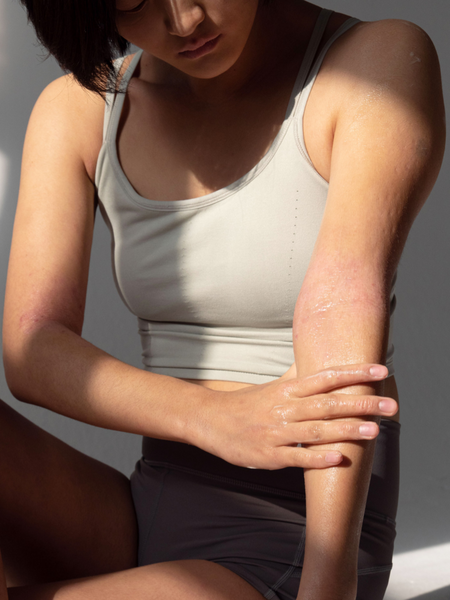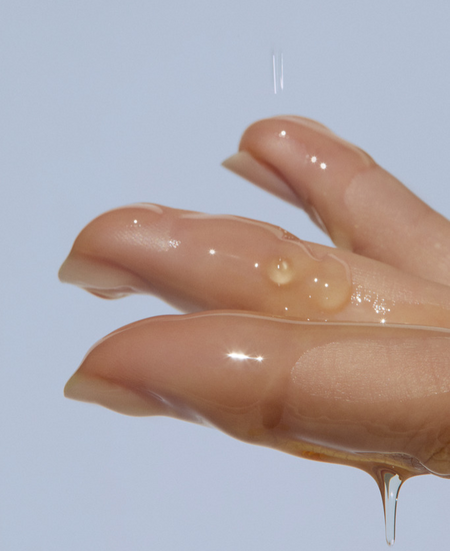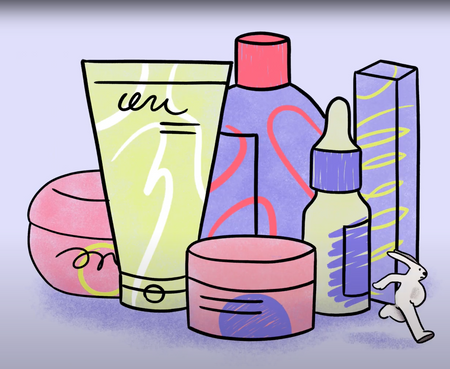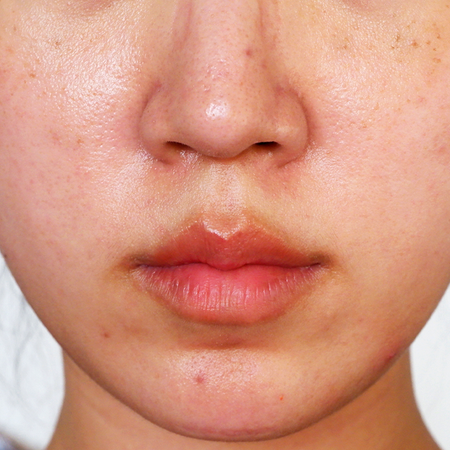Ingredient Series: Oils, why do we need them?

Every story has its good guys and its bad guys, and in our skin journeys, we’ve been conditioned to view oils in all shapes and forms as THE ENEMY.
We've been told countless times, “You’re getting pimples because the oil on your skin is clogging your pores.” It’s no wonder we’ve become so obsessed with removing every last bit of oil on the skin like it’s some uninvited guest who doesn’t know when to leave. But have you ever stopped to ask yourself, why the heck does our skin produce oil in the first place?!
First of all, our skin works as our personal shield🛡️to keep us protected from the dangers of the outside world. On the outermost layer of our skin, we have something called the stratum corneum– AKA the skin barrier– that defends our skin with its brick and mortar-like structure. Today, we’re going to give our attention to the superstar mortar holding our skin barrier together: the natural fats in our skin called lipids.
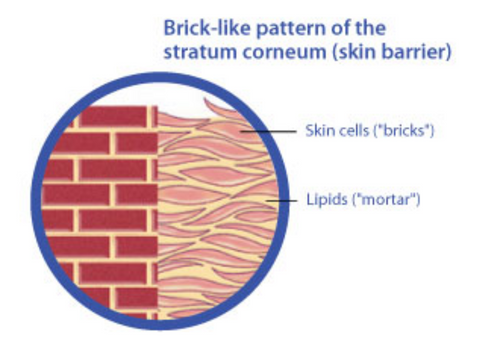
Source: https://blog.healthpost.co.nz/2014/the-miracle-of-the-skins-lipid-layer/
In our founder, Liah’s, videos, you’ve probably heard a lot about lipids such as ceramides, cholesterol, and free fatty acids, and that’s because these guys are the essential components that make up the ‘mortar’ of our skin barrier. This army of lipids prevents skin moisture loss and protects our skin from environmental microbial infections. Now keep in mind that while these lipids and our skin’s sebum (the substance we’re so busy blotting away) play similar roles in protecting and sealing in our skin’s moisture, these oils are not one and the same. We can tell the difference between the two based on how they’re made: sebum is produced by our skin’s oil glands whereas ceramides, cholesterol, and free fatty acids are produced by our skin’s cells.

Source: https://www.ceradan311.com/the-science-of-eczema/the-skin-barrier/
Sadly, most skincare stories are struck with the tragedy that is the modern skincare practice, which has basically trained us to rip this army apart with over-cleansing, over-stripping, over-exfoliating and constantly abusing the skin. Yeah, that’s totally our bad, skin 😞.
Luckily, we can make it up to our inflamed, red, and sensitized skin by implementing a skincare product into our lifestyle to replenish the skin’s mortar and keep our skin barrier stronger than ever. And you guessed it– this calls for a product that contains ceramides, cholesterol, and free fatty acids!
To break this down a little more: ceramides are healthy fats created in our skin that are proven to increase your skin’s hydration and overall barrier function, and cholesterol helps speed up skin barrier’s recovery and improve elasticity. Fatty acids get a little more complicated, so hang tight.
Every oil on this planet has a variety of fatty acids, whether they are essential or non-essential.
Essential fatty acids are:
- Linoleic acid and α-linolenic acid
- Found inside the skin but not on the surface (helps out in the sebum-producing department)
- Acne patients have a linoleic acid deficiency
- Linoleic acid is an essential structural component of skin ceramides
Plant oils have been used both cosmetically and medically since forever ago due to their various skin benefits. However, not every plant oil is created the same. In particular, the biggest factor in how each plant oil functions for your skin stems from the percentage content of the two fatty acids, linoleic and oleic acid. But what is the difference between the two acids except for that “lin” part, you ask? Let’s get into it.
Linoleic acid vs Oleic acid
-
Linoleic acid = omega-6 = essential fatty acids = can’t be produced by our body
Linoleic acid is an essential structural component of ceramides, so how much of it we have in our skin largely affects how easily substances can get in and out of our skin’s barrier. People with acne-prone, oily skin generally have lower levels of linoleic acid in their skin, essentially making their oils thicker and more prone to “clogging the pores” to cause acne in the first place.
This is where supplemental application of linoleic acid can help to improve sebum production and control acne formation, basically increasing our skin’s linoleic acid concentration to make our skin’s oil thinner and less-prone to clogging any part of our skin. Since our body can’t produce this fatty acid on its own, we’ll need to supply it ourselves through eating a balanced diet with omega-6 or even applying it topically.
Some popular oils with high amounts of Linoleic acid: Safflower oil, hemp seed oil, rosehip oil, grapeseed oil, evening primrose oil, etc
-
Oleic acid = omega-9 = non-essential fatty acids = produced by our body
Unlike linoleic acids, oleic acid are naturally produced by our body and are found in our sebum. So yup, you guessed it– people with acne-prone, oily skin have higher levels of oleic acid. Oleic acid gives a rich and heavy consistency to our skin’s oils, providing a nourishing and moisturizing effect that’s super awesome for dry skin.
Some popular oils with high amounts of Oleic acid: Olive oil, avocado oil, marula oil, hazelnut oil, sea buckthorn oil, etc
We hope that you now have a better sense of which oil is best suited for your skin concerns and fatty-acid needs. Now, we’d love to introduce you to the plant oil that really helped our founder Liah on her journey to clear skin: tamanu Oil!
Tamanu Oil's Fatty Acid Profile:
- Oleic acid: 34-41%
- Linoleic acid: 29-38%
- Stearic acid: 13%
- Palmitic acid: 12%
As you can see from the numbers, tamanu oil has a great balance of both linoleic and oleic acid, with a slightly higher oleic acid content that gives the oil its rich texture. Tamanu oil is well known for its anti-bacterial and anti-inflammatory properties and is even used to accelerate the wound healing process (our hero <3). So whether you have sensitized skin, acne-prone skin, dry skin, or whatever it is you’re dealing with, this oil can come to your rescue. And to top it all off, tamanu oil is also an antioxidant powerhouse! What’s not to love about this oil?
The KraveBeauty team is so eager to share the tamanu oil love that we’ve been developing our very own tamanu-oil based serum! We can’t wait to share it with you all!
 Matcha Hemp Hydrating Cleanser
Matcha Hemp Hydrating Cleanser Oat So Simple Water Cream
Oat So Simple Water Cream Beet The Sun SPF 40 PA+++
Beet The Sun SPF 40 PA+++ Great Barrier Relief
Great Barrier Relief Kale-Lalu-yAHA
Kale-Lalu-yAHA

